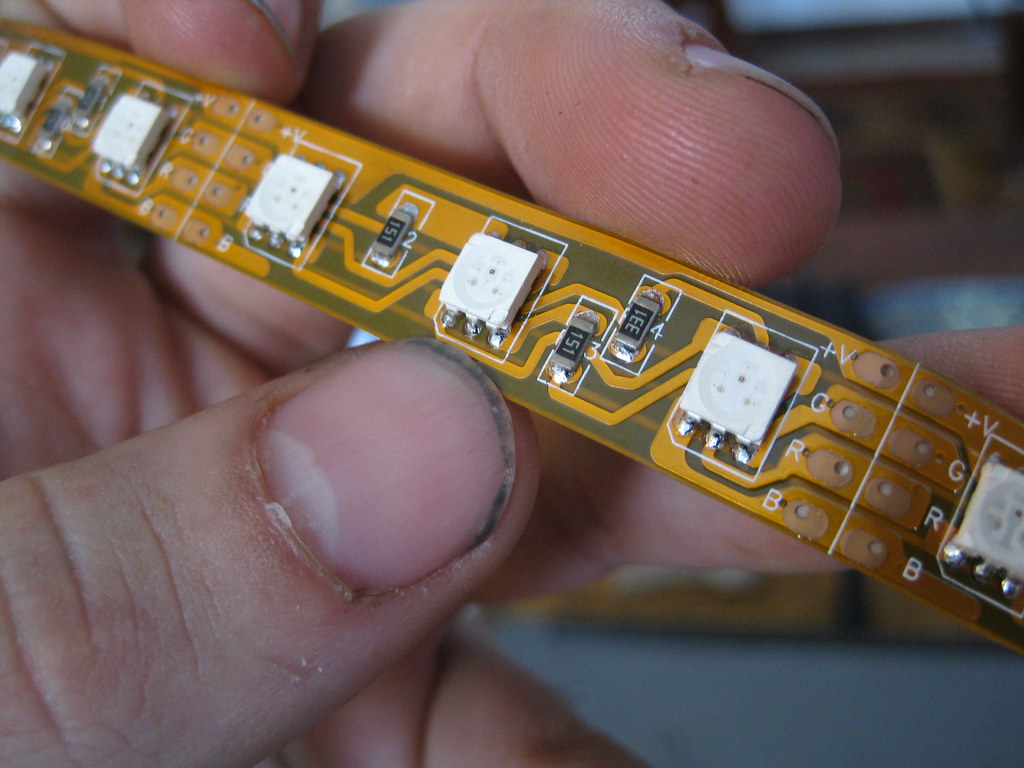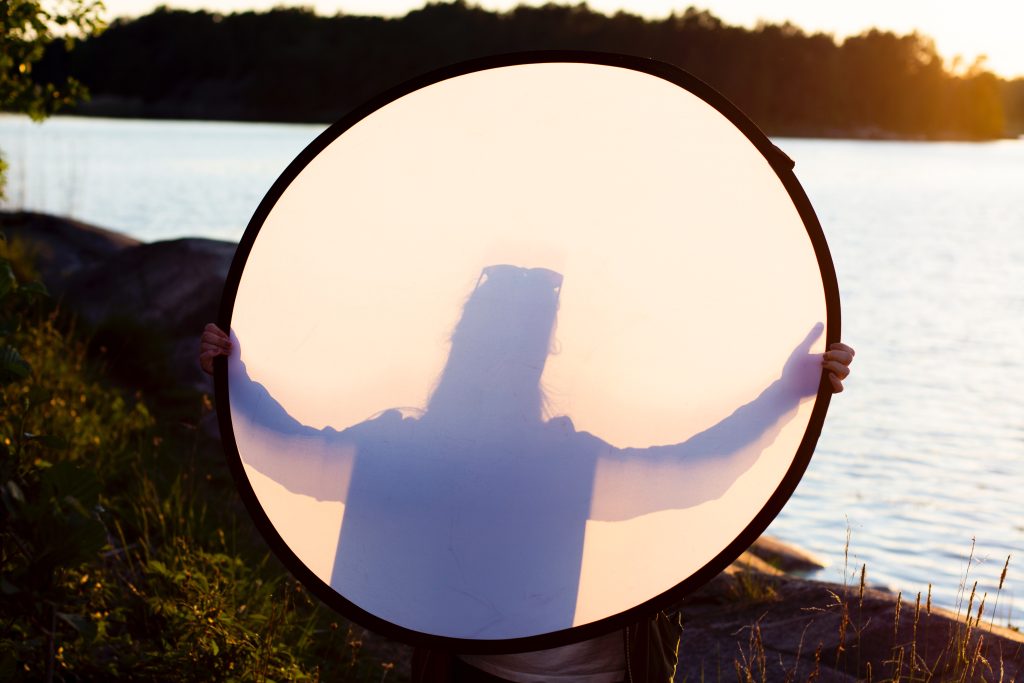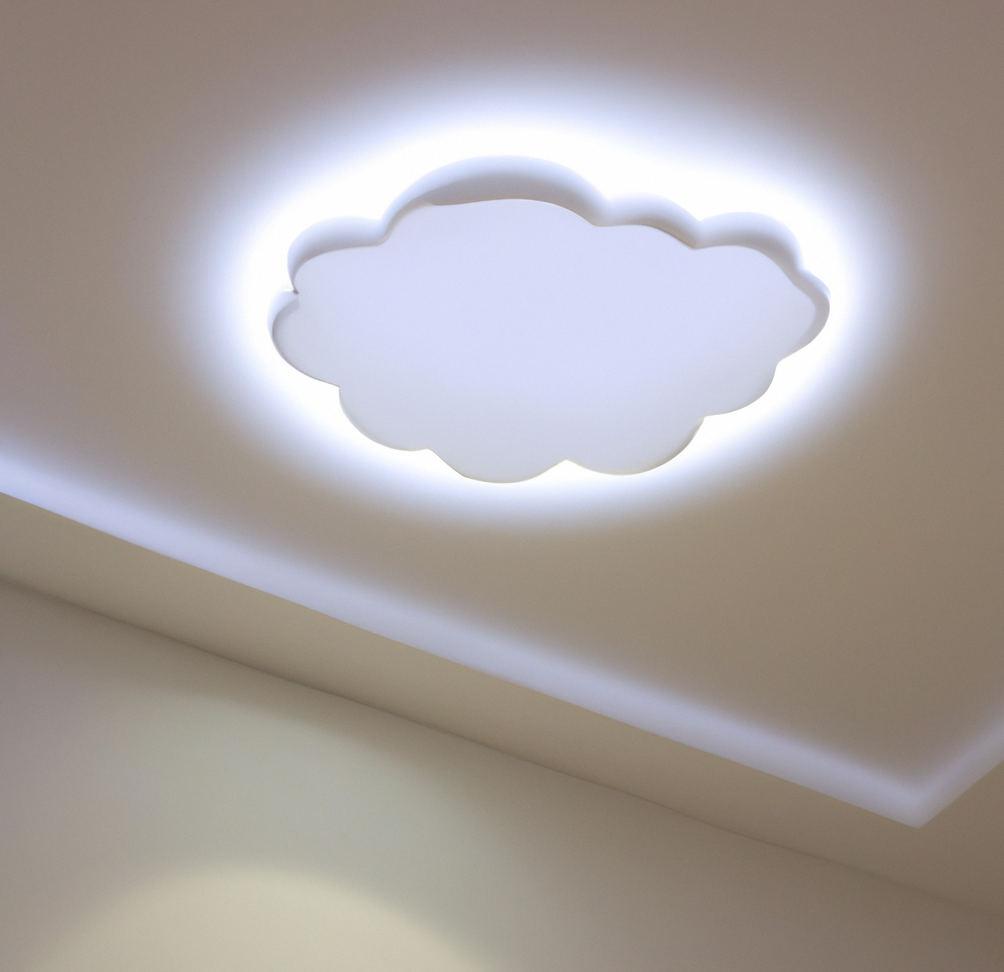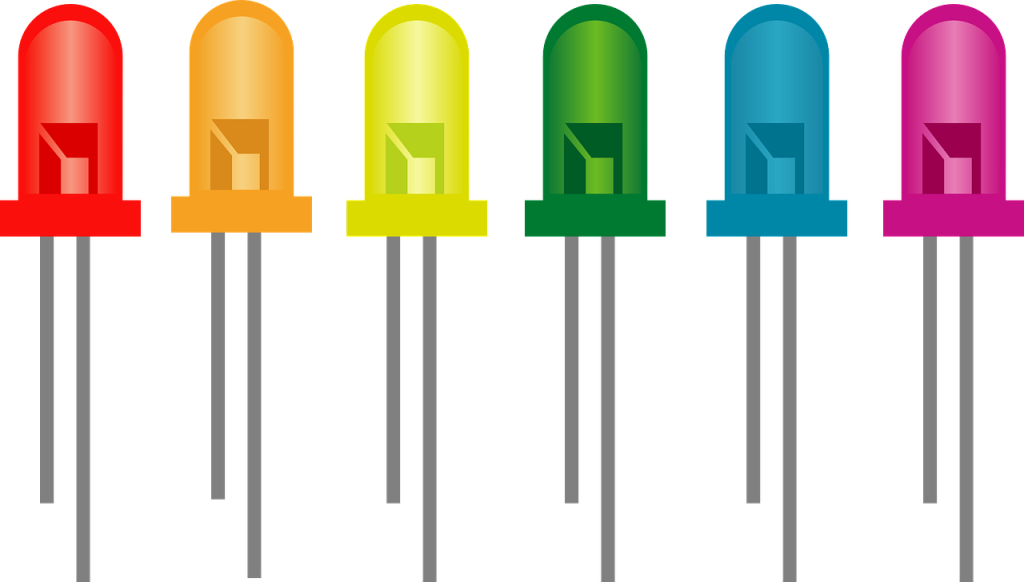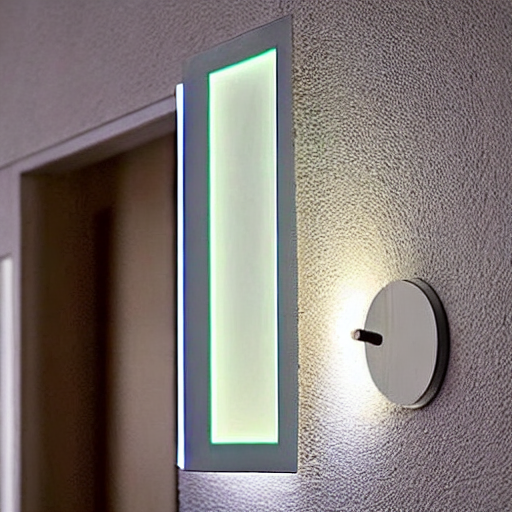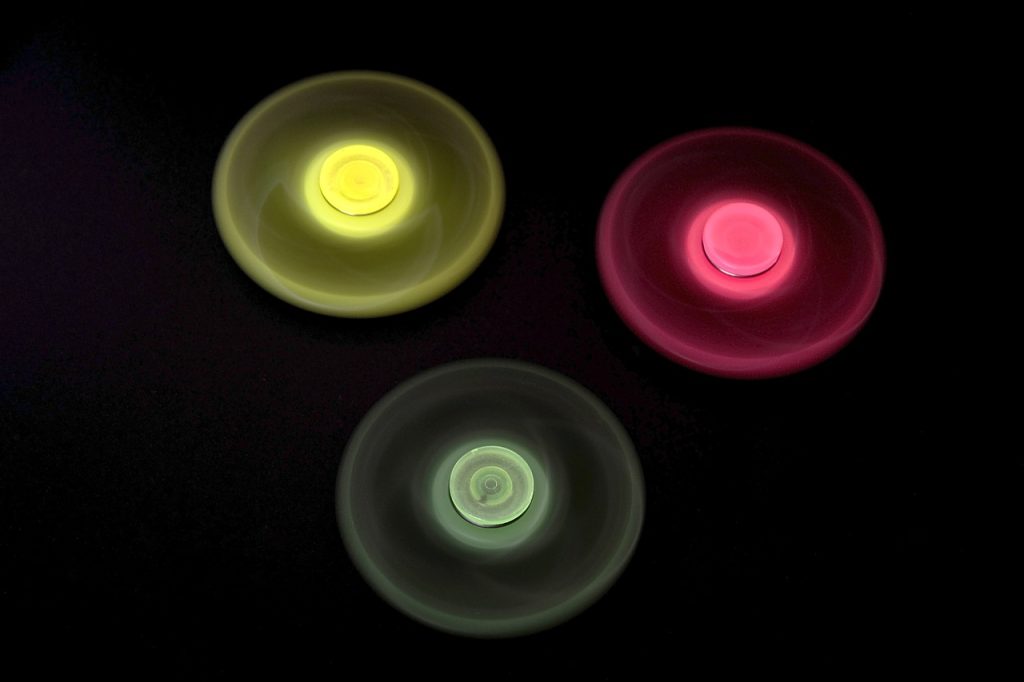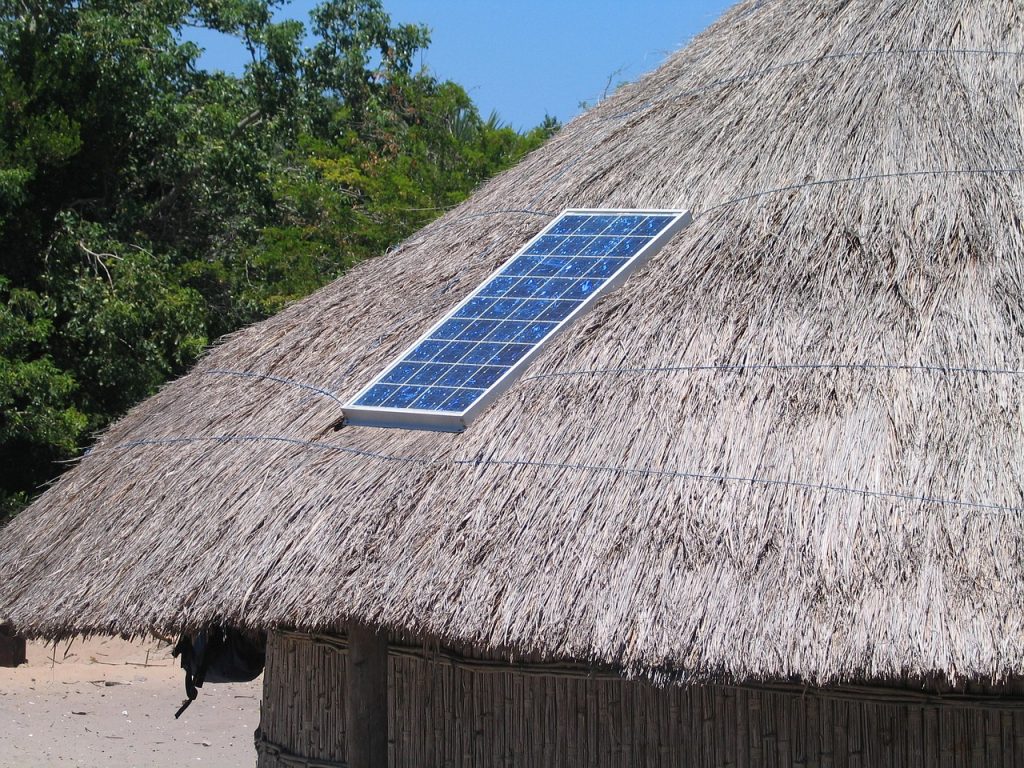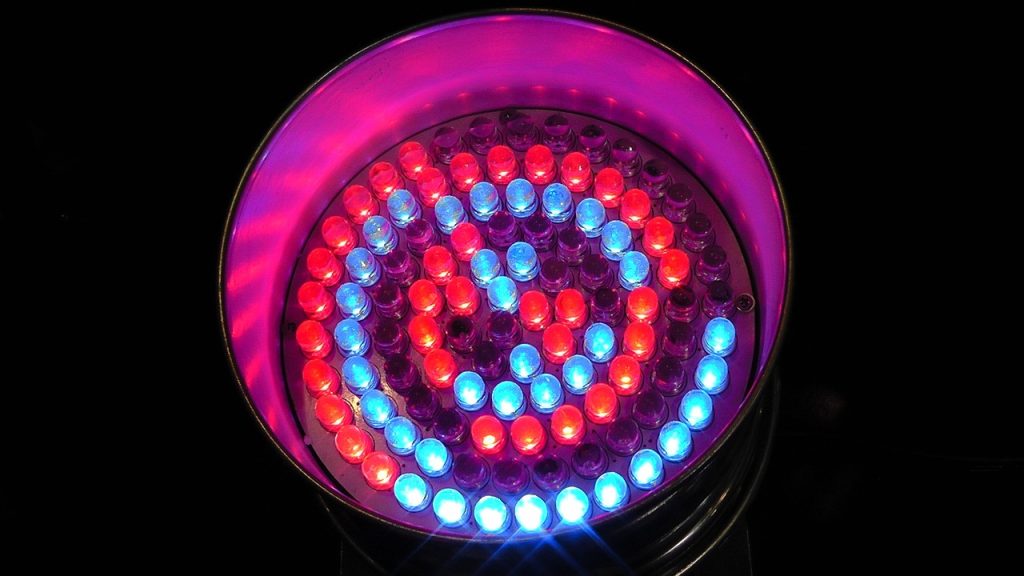- Introduction to securely attaching LED light strips.
- What are LED light strips, and why are they becoming more popular
- How to pick the right LED light strip for your needs
- The different ways to attach LED light strips
- How to properly secure LED light strips using zip ties, adhesive tape, or screws
- The benefits of using LED light strips in your home or business
- Conclusion
- Frequently Asked Questions about attaching LED lights
Introduction to securely attaching LED light strips.
If you have heard of LED lights before, you aren’t alone, as the world seems to be quickly changing to this type of light for their lighting needs. They provide a better light source for most projects and better value as they can last much longer than older light bulbs.
If you add to how easy it is to use and hang the lights, you will see why we love these lights for our projects. You can see our different DIY projects on the site, but we often encounter questions about how to attach these lights. While it might be a bit different than what you are used to with other traditional lights, we actually find it easier to secure LEDs because they generally weigh less and are easier to work with. In our guide, we will go over a bunch of different benefits of LED lights, how to hang them, and other info that we think you will find useful.
What are LED light strips, and why are they becoming more popular
LED light strips are a versatile form of lighting that offer greater energy efficiency and convenience compared to traditional forms of lighting. LED (light-emitting diode) light strips provide a unique way to illuminate a space, often used in decorative or ambiance settings. These small, flexible strips are filled with tiny LED bulbs that can be cut down to size and connected in various ways; they look great behind televisions, underneath cabinets, and around doorways.
What’s more, their versatility makes them incredibly popular for different home improvement projects, from the kitchen to hallway design. This kind of illumination is also very low maintenance because the LED bulbs last up to 50 times longer than traditional options; additionally, full sets use considerably less electricity than regular lights saving energy costs.
How to pick the right LED light strip for your needs
Picking the right LED light strip for your needs can be daunting, as there are so many different types to choose from with different features and capabilities. To ensure you select the right one that meets your requirements and budget, it is important to do some research first to make an informed and educated decision. Research what type of LED output and color temperatures are available and the best brightness level needed in the area where it will be installed.
The last thing you need to think about is whether waterproof protection is needed or if any specific aspect, such as dimming, is necessary. Lastly, don’t forget to review the product reviews before making your choice to ensure that your new LED light strip will fit all your unique needs.
The different ways to attach LED light strips

LED light strips are becoming popular to add personality and flair to interiors. Since they’re so versatile, there are multiple ways to attach them. The adhesive is simplest because it secures the lights without damaging walls and other surfaces. Velcro strips offer more flexibility but may damage certain surfaces like wallpaper. Screws and external clips can mount LED lights on ceilings or sturdy materials like concrete.
Remember that mounting tape allows users to place the lights almost anywhere without surface damage and easy removal if needed. Whichever method you choose, LED light strips can brighten up your interior in an economical, energy-efficient manner!
How to properly secure LED light strips using zip ties, adhesive tape, or screws

The right tools and materials can secure LED light strips relatively easily. To prevent damage or accidental disconnection, you should use zip ties to hold down the entire strip. Additionally, adhesive tape can be used for extra stability. If a more permanent solution is needed, screws should be installed along the perimeter of the LED light strip. Make sure that these are placed securely but carefully to avoid compromising the wiring insulation.
The benefits of using LED light strips in your home or business
LED light strips offer a multitude of advantages when compared to other lighting fixtures. Firstly, their slim design and ability to be placed nearly anywhere offer unprecedented versatility and customizability. Secondly, LED light strips consume far less power than traditional bulbs and due to their lower running temperature, tend to have a much longer lifetime and operate more efficiently. Furthermore,
Another benefit of LED light strips is that they come in various colors and styles, allowing you to create the perfect ambient atmosphere for any room or business setting. Light strips also produce very little waste heat as most of their energy is converted into useful lighting. In summary, LED lights provide a unique approach for brightening up your home or business that is both cost-effective and environmentally conscious.
Conclusion
LED light strips are becoming increasingly popular for a variety of reasons. They are relatively inexpensive, easy to install and offer many benefits over traditional lighting options. The nice thing about these lights is that they are easy to use for projects, easy to swap out, and usually don’t cost insane amounts of money.
So because they are cheaper than other lights, you don’t have to be scared to try new things. When you couple this with how easy it is to mount these lights ( like we went over in this article ), it is clear why we love using LED lights for our projects. Here are some FAQs for questions about mounting LEDs and other light-related issues.
Frequently Asked Questions about attaching LED lights
There are a few ways to attach LED light strips to a surface. The most common is with adhesive, which is simple and doesn’t damage walls or surfaces. Velcro strips offer more flexibility but may damage certain surfaces.
Screws and external clips can mount LED lights on ceilings or sturdy materials like concrete. The mounting tape can place the lights almost anywhere if you need extra stability without damaging the surface.
It is important to use the right tools and materials to ensure LED light strips are securely attached. Zip ties can be used to hold down the entire strip in place, while adhesive tape can provide extra stability. If a more permanent solution is needed, screws should be installed along the perimeter of the LED light strip.
If you are mounting lights behind other larger objects, like an LED TV backlight, we suggest double-sided tape. It’s best to ensure it’s high-quality tape as you don’t want it to lose its grip.
If LED light strips are not properly secured, there can be serious consequences. They may become disconnected or dislodged without proper attachment, leading to short circuits or potential fire hazards.
On top of this, unprotected wiring can also be prone to damage and corrosion due to environmental factors such as moisture and dirt. This can lead to reduced performance,
One of the best ways to prevent LED light strips from becoming detached is by combining zip ties, adhesive tape, and screws. Zip ties can be used to tightly secure the entire strip, while adhesive tape adds extra stability.
For a more permanent solution, screws should be installed along the perimeter of the LED light strip.
When attaching LED light strips, it is important to take your time and plan the layout. This will help you avoid making costly mistakes. Begin by measuring the length of the wall or surface where you will be installing the light strip. Make sure to leave some extra space if you need to make adjustments later.
One of the most common mistakes people make when attaching LED light strips is not taking the time to plan out their layout. To ensure that all of the strips are securely attached and provide the desired effect, it is important to measure the length of the wall or surface accurately. This will allow you to leave enough space for adjustments, just in case.
